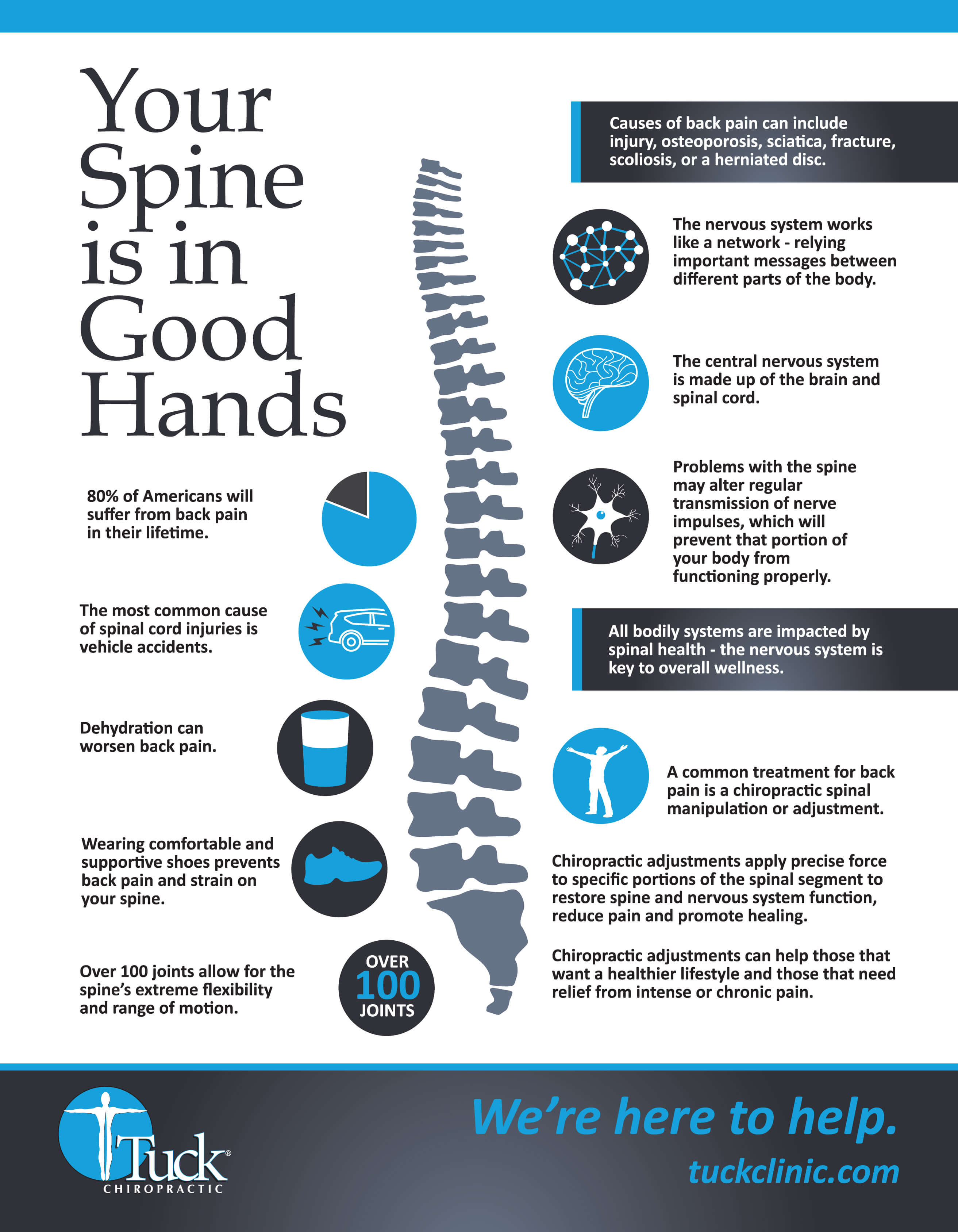Contrasting Acupuncture To Various Other Discomfort Management Techniques
Contrasting Acupuncture To Various Other Discomfort Management Techniques
Blog Article
Produced By-Kaufman Bullard
When you take into consideration pain management options, you may find yourself weighing the benefits and drawbacks of various strategies, including acupuncture, over-the-counter medications, and physical treatment. While lots of techniques provide relief, they frequently feature their very own set of obstacles, like side effects or prolonged therapy times. Acupuncture sticks out for its one-of-a-kind ability to advertise self-regulation with less dangers. Yet how does its efficiency contrast to more standard methods? The subtleties of these strategies can dramatically affect your options, and discovering them further could lead to unexpected understandings.
Introduction of Pain Monitoring Techniques
When it involves handling pain, you have a range of strategies available. These methods can range from typical strategies to much more different therapies. Comprehending your alternatives is crucial in discovering what functions best for you.
One typical technique is over the counter medications like ibuprofen or acetaminophen, which can provide quick relief for light to moderate pain. Prescription medicines, including opioids, may be essential for more severe discomfort, though they include risks of dependence and adverse effects.
Physical treatment is an additional efficient approach, focusing on workouts and stretches to reinforce muscle mass and boost mobility. This method often aids in managing persistent pain problems.
Furthermore, some individuals turn to even more all natural options, such as massage treatment, which can alleviate tension and enhance flow.
Mind-body strategies, like mindfulness reflection or yoga, aid you manage pain by decreasing anxiety and enhancing your mental durability.
Last but not least, way of life modifications, such as maintaining a healthy and balanced diet regimen and regular exercise, can play a vital function in total pain monitoring. Each method has its benefits and drawbacks, so it's essential to explore what fits your requirements and preferences best.
Benefits of Acupuncture
Acupuncture uses a distinct approach to pain management that attracts attention amongst different strategies. By targeting particular points on your body, it promotes the circulation of power, or "qi," advertising all-natural healing and decreasing pain.
One of the biggest advantages is its very little adverse effects. Unlike some drugs, which can result in reliance or undesirable health and wellness issues, acupuncture is an alternative treatment that motivates your body's self-regulation.
https://mariohcwql.dsiblogger.com/66046545/finding-the-appropriate-frequency-for-chiropractor-sees-can-transform-your-back-pain-recovery-but-what-crucial-indications-indicate-a-requirement-for-change 'll likely discover that acupuncture sessions can aid relieve persistent pain, headaches, and also stress. Many individuals experience a feeling of leisure and well-being throughout and after therapy, which can improve general lifestyle.
Plus, it's a functional choice; it can be utilized alongside other treatments, making it a great enhance to your existing discomfort monitoring plan.
Another considerable benefit is that acupuncture can be customized to your details demands. Your specialist will certainly examine your condition and establish a personalized therapy plan, guaranteeing you receive the care that finest supports your recovery.
With its old roots and growing acceptance in modern-day medication, acupuncture attracts attention as a compelling option for pain relief.
Contrasting Performance and End Results
Pain management techniques differ commonly in their efficiency and end results, making it critical to comprehend exactly how they stack up against each other. When taking into https://mspmag.com/health-and-fitness/the-chinese-medicine-approach-to-common-conditions/ like acupuncture, physical treatment, and medication, you'll locate distinctive distinctions in just how each technique addresses discomfort.
Acupuncture, as an example, typically provides alleviation for persistent discomfort problems, with researches revealing considerable enhancements in pain degrees for lots of people.
On the other hand, drugs like opioids can successfully take care of sharp pain but lug risks of dependence and negative effects.
Physical therapy concentrates on rehabilitation and might take longer to show outcomes, which can be frustrating if you require immediate alleviation.
When evaluating these methods, think about your particular discomfort type and your individual health and wellness objectives. Some individuals discover that a combination of methods works best for them.
For instance, you might take advantage of acupuncture sessions together with physical treatment to make best use of healing.
Eventually, understanding the efficiency and outcomes of each approach will certainly help you make educated choices concerning your discomfort administration method, enabling you to select the method that ideal matches your requirements and lifestyle.
Final thought
In summary, acupuncture sticks out as a beneficial option to conventional discomfort monitoring techniques. It offers fast alleviation and cultivates self-regulation without the threats of reliance related to medicines. While physical therapy may require more time for results, acupuncture can give prompt advantages, making it an attractive option for those looking for relief from chronic pain and tension. By incorporating acupuncture right into your pain monitoring plan, you can boost your total well-being and recover control over your wellness.
